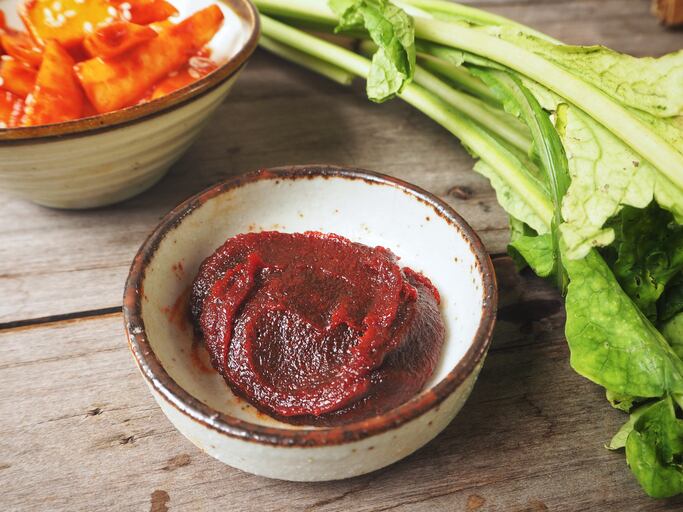Mintel analyst David Turner predicted back in 2016 that Asian-inspired hot sauces would likely grow in appeal over the next decade, both in the US and UK.
“In particular, consumers may be attracted to authentic Korean and Vietnamese inspired sauces such as gochujang, ssam, noc noc, or tuong ot,” he said in a Mintel blogpost.
However, chili sauces are always eaten with a main dish to improve its flavour. This means that whatever food the sauce is paired with becomes a determinant factor in the overall liking of the sauce.
With this in mind - along with the myriad of cross-cultural factors that come into play to affect flavour preferences - researchers from Ewha Womans University in South Korea set about trying to identify the cross-cultural consumer acceptability of various hot sauces - "an important step in the successful development of food products for international markets,” they wrote.
They gave samples of four different sauces to consumers from the US, Denmark and Korea: gochujang, a Korean fermented red chili pepper with soybean paste; a fermented red chili pepper sauce; Tabasco, a widely-known vinegar-based US sauce; and Sriracha, a Thai chili sauce with vinegar, garlic and sugar.

Participants were given home-meal kits and were allowed to use the sauces freely on pizza, cream of mushroom soup, grilled chicken and rice noodle soup as well as their own home-cooking over a period of three to five days.
The researchers found great disparities in preferences. For instance, nearly half (46.4%) of US consumers said gochujang was the least preferred sauces when paired with chicken or rice noodle soup but these were the most preferred food and sauce pairings for Danish consumers.
There were also different reasons for liking or not liking a pairing. Koreans thought that gochujang was too simple (22%) to be paired with pizza or soup whereas 23% of US consumers said it was too sweet. Over one fifth (21%) of Danes said it had an off-flavour while 18% said it tasted artificial.
All respondents said chili and soup was a less ‘harmonious’ pairing than chili and pizza.
“The food items that are considered harmonious with different types of hot sauce differ between countries and strongly linked to the food cultural background,” concluded the scientists in the study, which was supported by the Korean Ministry of Agriculture, Food and Rural Affairs.
“When trying to export food products such as hot sauce to other countries, factors such as the available food materials and daily meal characteristics in the target country need to be clearly understood, since not only the acceptability of the hot sauce alone but also its pairing with different carrier foods determines the final perceived pleasantness.”
Hot on the heels of the next flavour trend
Well-travelled consumers with adventurous palates, globalised communities living abroad and the trickle-down effect of restaurant trends have led to an explosion of new product development for spicy condiments from all over the world, according to Mintel.
Consumers are also increasingly aware of different pepper varieties such as habanero, jalapeno, chipotle, ghost pepper (bhut jolokia), cayenne, espelette and arbol.
According to Turner, this range in chili variety works well for artisanal suppliers and private label ranges. “[It] often allows a brand to establish a number of facings on shelf, offering consumers the choice of different heat levels and showing that not all peppers are necessarily about extreme heat.”
Meanwhile, Mexican flavours are increasingly common in UK restaurants, opening a window of opportunity for packaged food manufacturers. Turner points out popular condiments such as tomatillo salsa, mole, salsa roja – a blend of tomatoes, chili, onion, garlic, and coriander – and salsa de cacahuate y chile de Árbol – a peanut and chilli sauce from the Chiapas region, which could provide inspiration.
Source: Appetite Journal
“A cross-cultural study of acceptability and food pairing for hot sauces”
Available online ahead of print, https://doi.org/10.1016/j.appet.2018.01.006
Authors: Hyun-Jee Kim, Seo-Jin Chung, Kwang-Ok Kim, Belinda Nielsen, Rie Ishii and Michael O'Mahony
